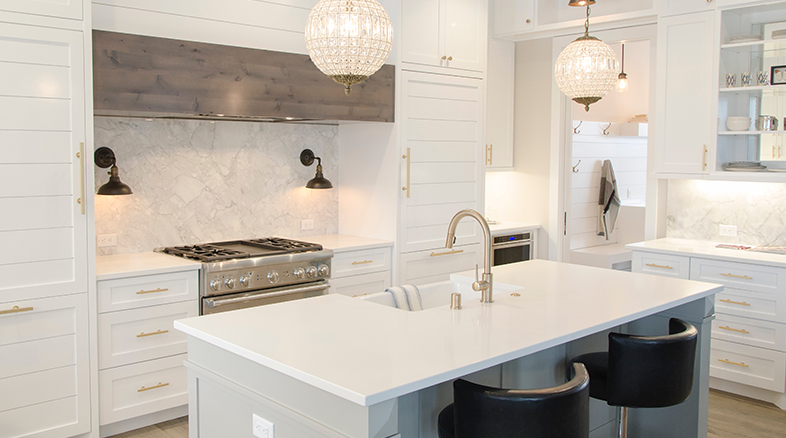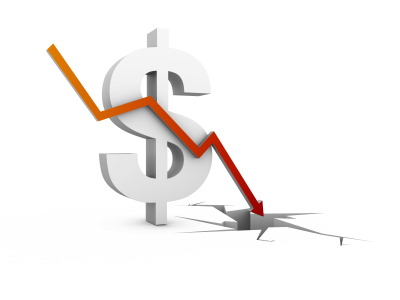Market Value vs Replacement Cost
In our day to day work, we come across property owners who believe the money spent on improvements will increase the market value dollar for dollar. It’s worth noting that Market Value and Replacement Cost are not the same thing. This article will discuss the different market environments which expose how both work. (Please note, Market Value as mentioned throughout the article is referring to the value in which the structural improvements add to the property)
If you have ever seen a Replacement Value on a property valuation report, it is almost always different to the Market Value allocated to the improvements. It’s important to note that the market environment will dictate whether Market Value allocated to the improvements will be in line with the Replacements Cost.
Replacement Cost or Replacement Value is primarily driven by the costs of building materials, labour costs, professional and local government fees. Costs may vary dependent on the location and the availability of materials and labour.
Replacement Costs can help direct Market Values in some cases. However, the dominant driver of Market Value is supply and demand. Two words you hear a lot when talking about markets. The easiest way to show how the disparity occurs is to discuss the different market environments. If supply is higher than demand you will notice that Market Values will be lower than Replacement Costs. In this environment, values tend to be totally disconnected with costs. This is amplified the higher supply is versus demand. Currently, we find a lot of remote communities in this type of market. Buyers can purchase an existing property at a lower price than it costs to build. The laws of supply and demand gives them the negotiating power to do so.
When supply and demand are relatively equal, the Market Values and Replacements Costs will tend to be more synchronised. If there is reasonable strength on the demand side of the market equation, then the market can rise to a point where the supply will make itself available. The supply will make itself available because the cost to buy an existing property is now similar to the cost of constructing a new building. Therefore, adding strength to the supply side, as some buyers opt to build. These markets are fluid markets with healthy volumes and found in the outer suburbs of the capital cities and in most regional centres.
Another market is experienced when demand is higher than supply. When demand is higher than supply, obviously, property values rise. Typically, there are locations that have a high demand and there is no way of increasing supply to meet that demand. It may be a high-quality neighbourhood or an inner city location that has been built out. If this is the case, it can be that the land component will increases in value. The Market Value allocated to the improvements and the Replacement Costs can still run with relative parity. In rare instances, as experienced in mining towns from time to time, the supply is limited because of the lack of trades and labour. The market value of the improvements are higher than the cost to replace. The building industry can respond by increasing the costs, however this doesn’t always work. These markets usually place a premium on having a property available months earlier (i.e. already existing), rather than waiting for one to be built.
We hope this article has been informative. Understanding the difference between Market Values and Replacement Costs is key to avoiding over capitalisation which is important if you have an investment property or a mortgage.
Article by Northern Property Valuers
valuers@npvaluers.com.au
Liability Limited by a scheme approved under Professional Standards Legislation.



